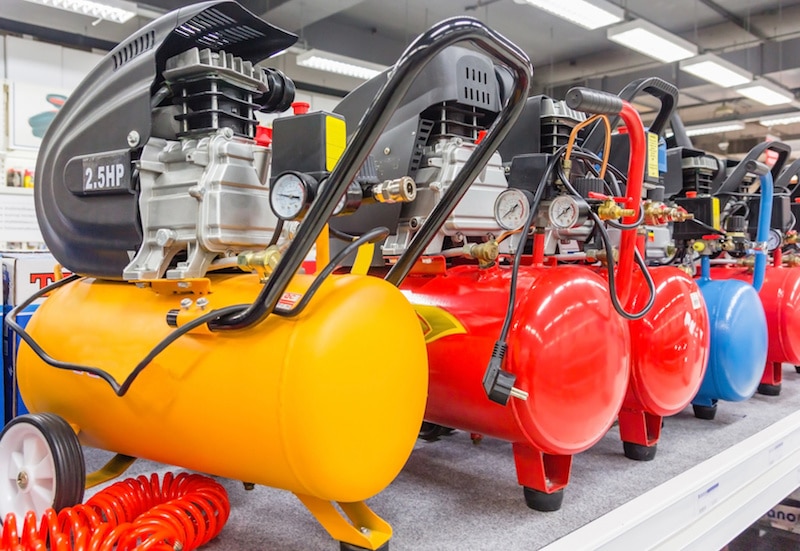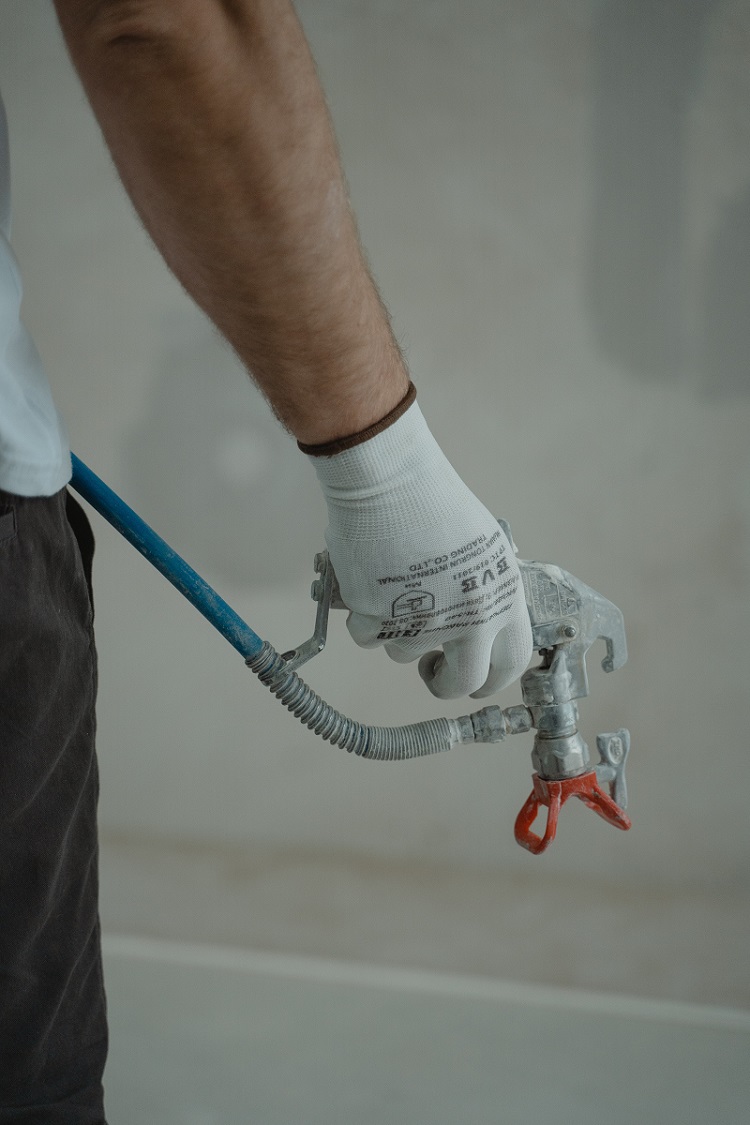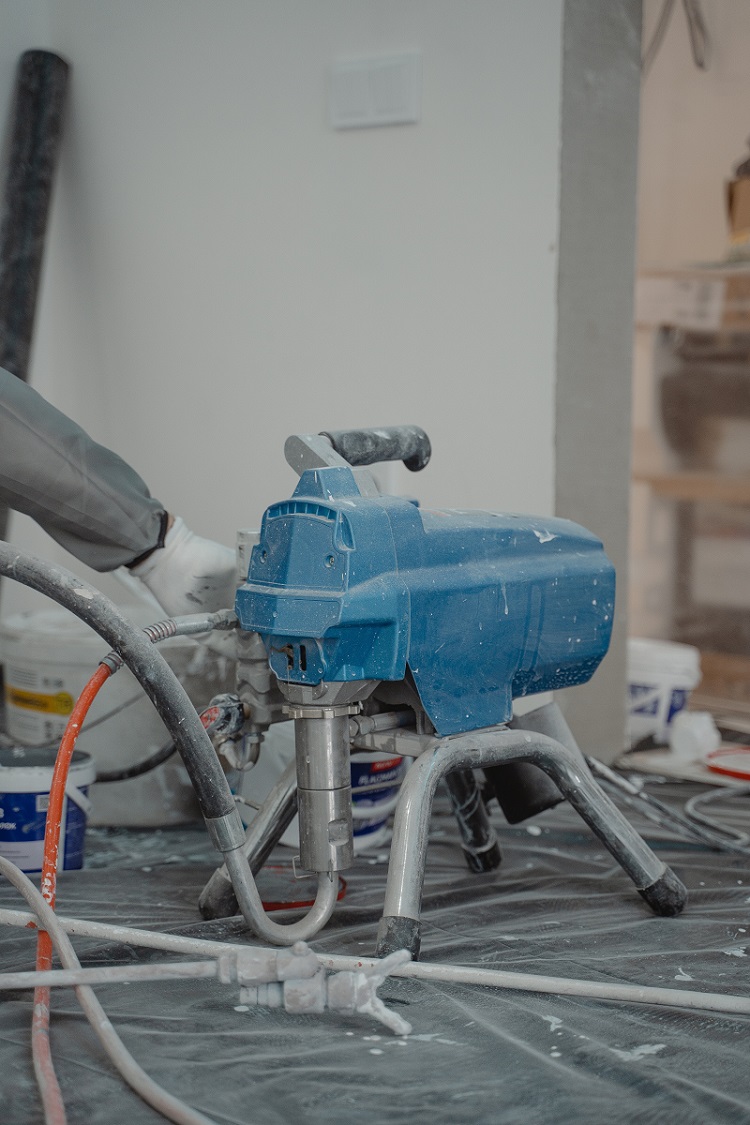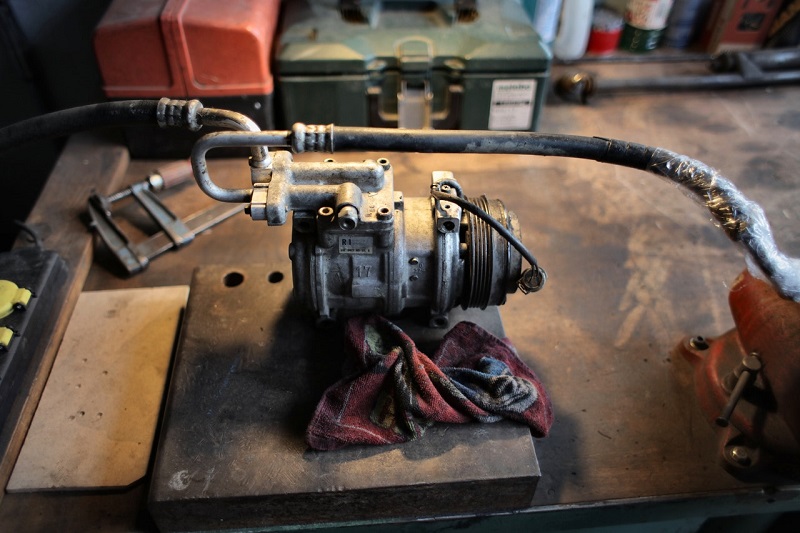A Guide to Finding the Right Air Compressor for Your Home or Workshop

If you’re looking for the best air compressor for your home or workshop, things can get a little confusing when trying to decide what to get. With so many considerations like tank size, PSI, and horsepower, it’s important to take some time to figure out exactly what you will be using it for, and what features are important to you.
This guide to finding the right air compressor for your home or workshop will take you through all the important things to consider like power sources and pump choices. Familiarizing yourself with these options will help you make the best decision for your needs.

Portable vs stationary air compressors
There are only two main categories of air compressors, portable and stationary. For most home and workshop use, the portable air compressors will be best suited. If you’re looking to use your air compressor for projects that require more horsepower, then the stationary one might be your ticket.
Portable air compressors
As the name suggests, portable air compressors are designed to be mobile. The smaller air compressors can be carried around easily making them perfect for things like deck work or small projects. Many portable air compressors come equipped with a handle, and some with wheels to make it easy to move around.
Stationary air compressors.
Stationary air compressors are designed to be installed as a permanent fixture in your garage or workshop. These heavy-duty machines remain in place and are plugged into the grid to give a constant flow of energy when needed. Stationary compressors are generally used for heavier duty tools.
Types of air compressors.
There are six main types of air compressors to choose from. Each type has its own benefits and drawbacks. From the most common reciprocating compressors to the heavier hotdog style compressors, hopefully, this section can give you some insight into what you need.
1. Reciprocating compressors.
Reciprocating compressors are the most commonly used compressors for the home and workshop. These versatile machines can be gas or electric-powered. Reciprocating compressors are less expensive to buy and maintain than others on the market.
2. Twin Stack Compressors.
The twin stack air compressor is also popular for the home and workshop. This compressor has two air tanks meaning you have a larger reserve of air. This type of compressor is good for inflating tires and smaller power tools as well as continuous flow tools like those for airbrushing or sanding.
3. Pancake compressors.
These smaller compressors are lightweight and portable, making them perfect if you’re moving around the house or workshop. With a 1-gallon tank size option, this handy compressor can weigh less than 35 pounds, making it portable and easy to store. Of course, there are many bigger options out there when it comes to tank size.
4. Rotary compressors.
The rotary compressor is most often used for heavy-duty industrial tools and applications. This type of compressor is known for its energy efficiency and reliability. The rotary compressor is also much quieter compared to many others. This kind of air compressor is not generally used in the home or workshop.
5. Scroll compressors.
Scroll compressors are not likely going to be used in the home or workshop either. These heavy-duty compressors are oil-free and require very little maintenance. Scroll compressors are most often used in the food, pharmaceutical, and dental industries.
6. Hot dog compressors.
The hot dog compressor is larger than the pancake compressor and is designed with a handle for moving it around. While it’s not as small as the pancake compressor, it’s highly preferred because it can power a variety of tools like staplers and airbrushes. The downside of the hot dog style compressor is that it can be a bit loud in comparison to others.

Power Supply.
Air compressors are powered by either gasoline or electricity. The most important thing to consider here is whether or not you will be using your air compressor in an area that has electricity. Secondly, if you plan on using a gas-powered compressor you need to adhere to specific ventilation and safety requirements making some of them unsuitable for indoors. Here are some considerations when deciding on your power source.
Electric-powered air compressors.
- Quieter than gas compressors.
- Good for indoor use.
- Most use standard 110-120 voltage.
- Some are designed with rechargeable batteries.
Gas Powered air compressors.
- Great for worksites or outdoor use where there is no power supply.
- Should be used outdoors due to fumes.
How much power will you need to get the job done?
When it comes to getting the job done, most compressor tools have the operating requirements as far as PSI and CFM noted in the instruction manual, both the compressor and tool specifications must be a match.
A pin nailer for instance uses 1-2 CFM and 60-100 PSI, but a framing nailer uses 4-5 CFM and 70-120 PSI. Things like ratchet wrenches and orbit sanders use anywhere from 4-15 CFM with a 30-90 PSI.
Horsepower
You’ll find that most air compressors fall in the 1.5 – 6.5 horsepower range which is more than enough for home and workshop needs. Anything more than that is too much.
One way to determine the accuracy of the horsepower rating is to match it with the amount of power needed for it to run. For instance, a hobby compressor uses 110 volts, whereas a 5 HP compressor uses a 220-volt circuit.
Electric and gas-powered compressors have different ratings when it comes to horsepower. Electric compressors tend to be more powerful in comparison to gas-powered compressors.
PSI (Pounds per square inch)
The PSI measures the amount of air pressure delivered by your air compressor. Most tools used in the home and workshop require 90 PSI. If you’re needing anything more than that, you may consider an industrial air compressor.
Most commercial and hobby tools require 90 PSI, but to maintain the pressure, make sure the shut-off pressure is somewhere between 125-135 PSI. Industrial air compressors have a shut-off pressure of around 175 PSI.
CFM (Cubic feet per minute)
This is a particularly important consideration when buying a new air compressor. Air tools need a specified amount of air moving through them to keep them functioning; this amount of air is measured in cubic feet per minute.
You should be getting 3-4 CFM at 90 PSI. Smaller-sized tools like staplers, brad nailers, and inflation tools require somewhere between 0-5 CFM and larger tools like a spray gun will require 7-12 CFM.
What size tank fits your needs?
The air compressor tank stores the air that your compressor uses to operate. Tanks are measured in gallons and can vary depending on the model. The smallest tanks are one gallon with the larger industrial size ones clocking in above 120 gallons.
A basic rule of thumb when it comes to tank size is to determine if you will be using a tool intermittently or continuously. For tools that are used intermittently like air tools or a nail gun, a smaller 2-6 gallon tank is more than sufficient.
On the other hand, if you’re planning on using your new air compressor continuously for any length of time like for painting and sanding, it’s probably a good idea to go with a bigger tank.
What kind of pump type do I need?
When it comes to air compressors, there are two pump types; the single-stage air compressor and the two-stage air compressor. The two-stage compressor has two or more cylinders which increases the PSI.
As with tank size, the pump type you want depends on what you are using your compressor for. If you’re doing things intermittently like inflating tires or soccer balls or using a nail gun the single-stage is a good choice.
On the other hand, if you are planning on using your compressor continuously for something like sanding or painting, the two-stage compressor may be a better option for you. It’s always better to go bigger if you think you’ll need more power down the road.
Closing notes.

For home and workshop use, a smaller and more portable air compressor will work just fine. From there, you need to decide what features are important in getting your job done. In other words, it doesn’t make sense to get a model with a smaller tank for maneuverability, if you know you’ll be using it for sanding in the future.
One of the most important considerations is making sure the tools you are using and the specifications of the air compressor are a match. You will find that most home and workshop tools are compatible with most air compressors except maybe the larger industrial types.
Hopefully, this guide to finding the right air compressor has given you some insight into what features are important to you. Now it’s time to take this knowledge with you to your local home or building supply store and see what they have that matches your criteria.